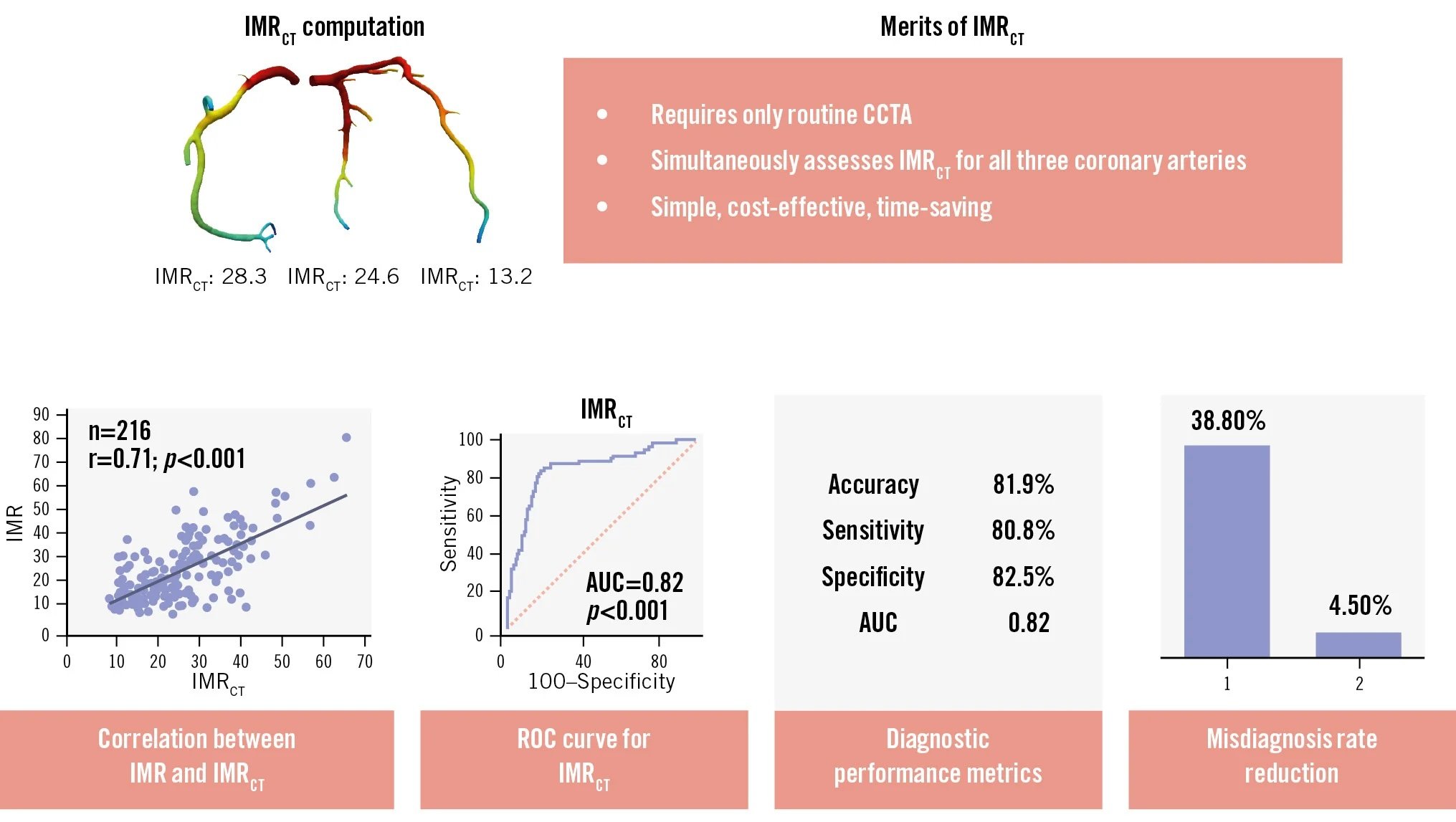
Original Research
Research Correspondence
The study found that STEMI patients with L-IRAs were managed differently and experienced worse procedural and 1-year outcomes compared to those with N-IRAs.
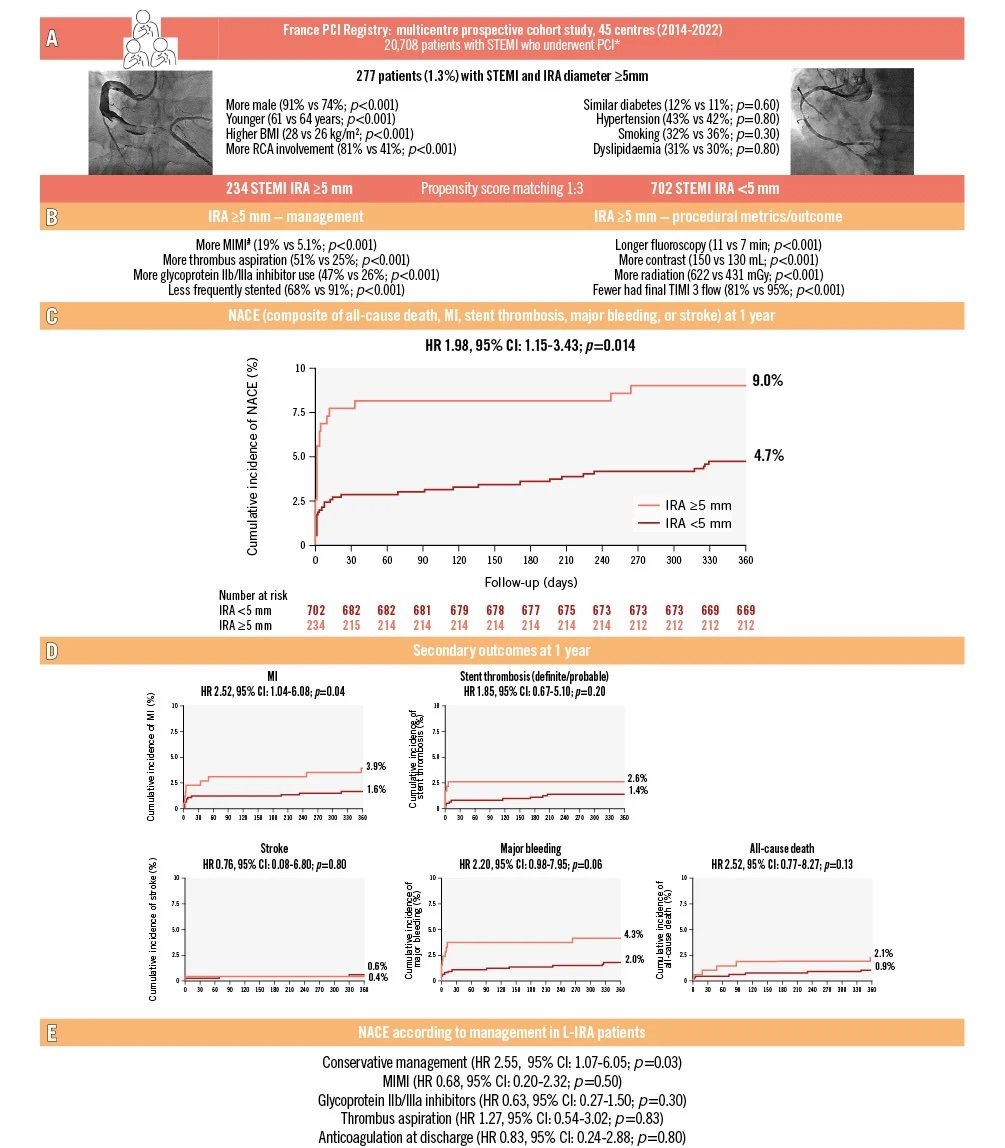
Ahead of print
A stuck transcatheter aortic valve device was successfully retrieved via the left ventricular apex, and a new valve was then implanted using the transapical approach after the complication.
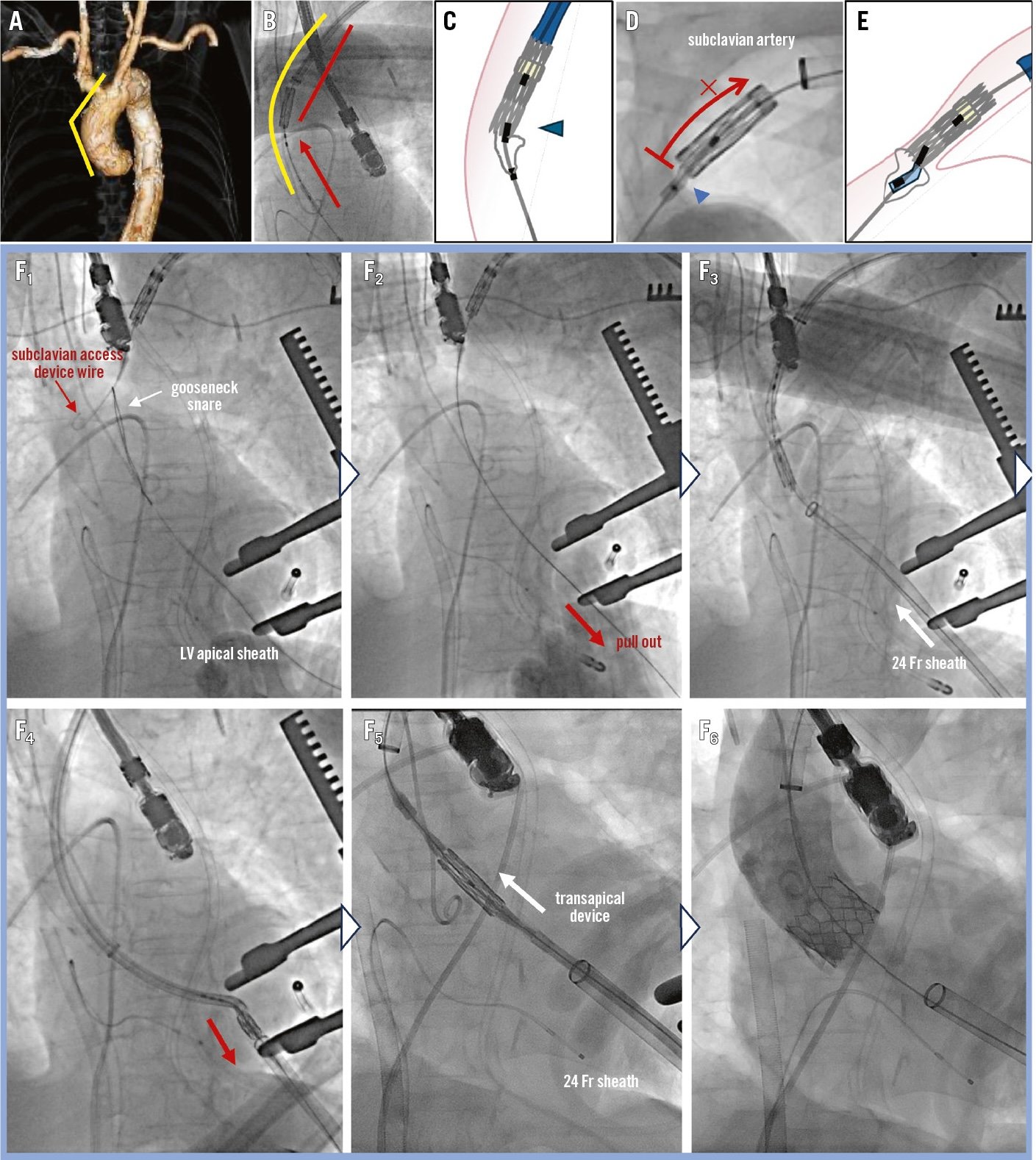
Editorial
Original Research
The study compared in-procedure and core laboratory quantitative flow ratio (QFR) analyses in the FAVOR III Europe trial.
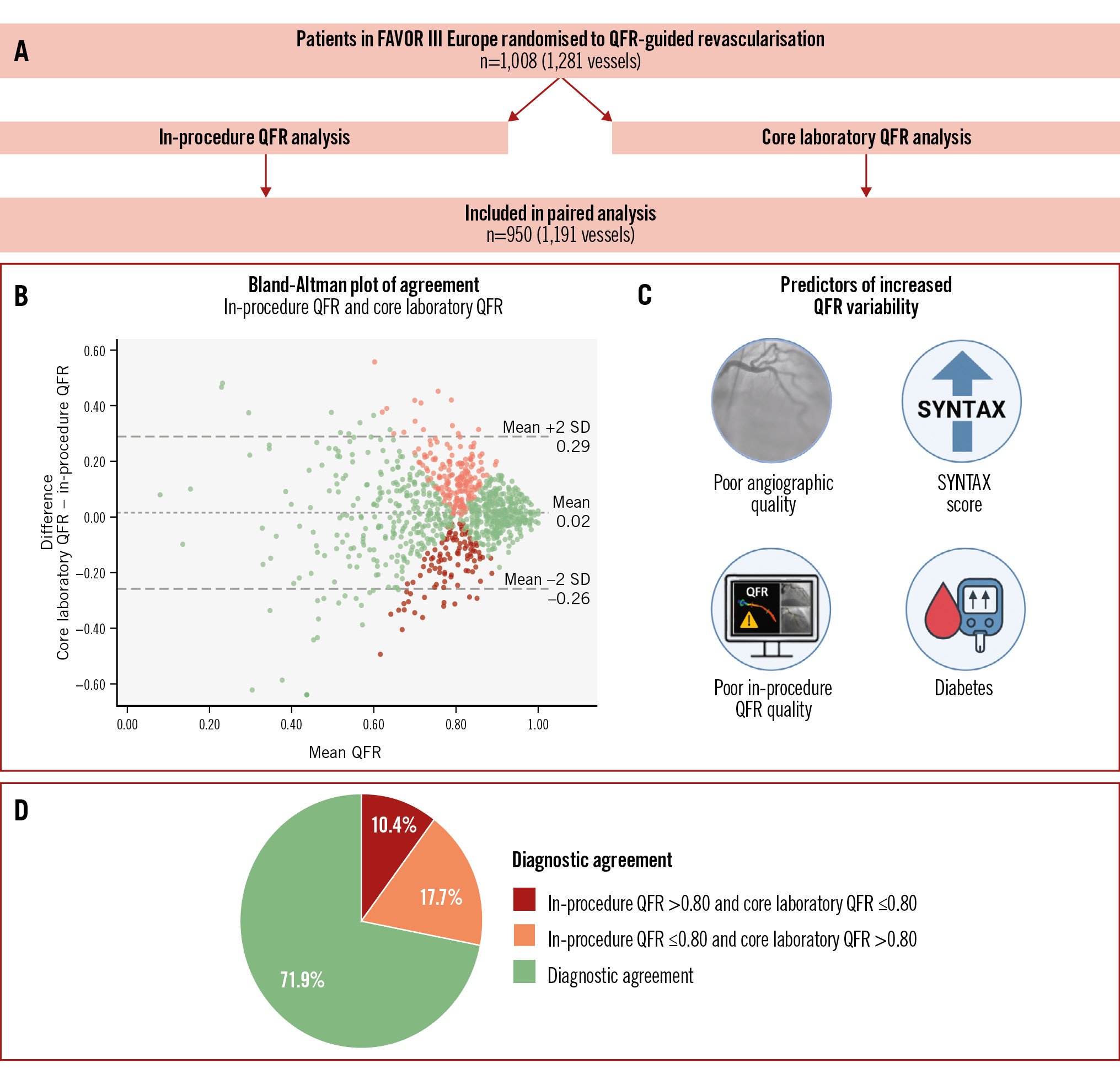
Best of
Discover our annual retrospective on the most downloaded and cited articles from EuroIntervention.
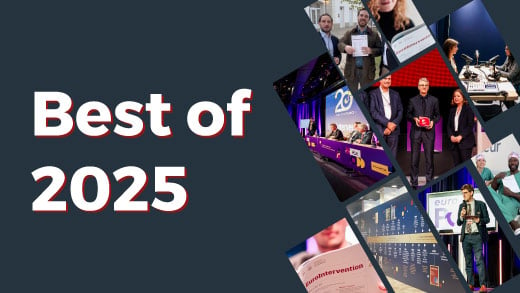
new issue
In this issue of EuroIntervention, we share an Expert Review on endomyocardial biopsy; a Viewpoint on high-risk plaque interventions; original research on the clinical impact of non-culprit plaque rupture; IMRCT for non-invasive CMD assessment; the reproducibility of QFR in FAVOR III Europe; a Research Correspondence on STEMI in large coronary arteries; and more...
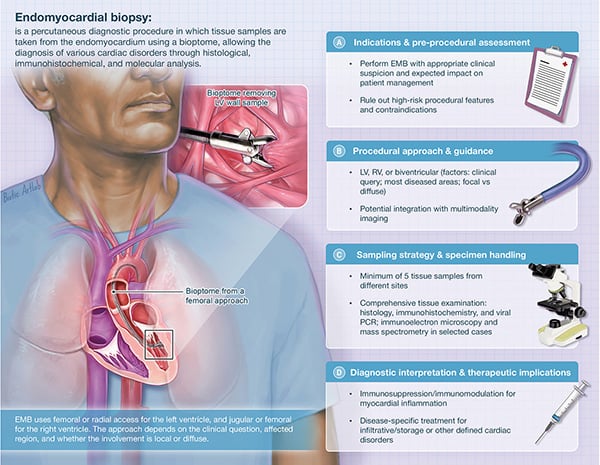
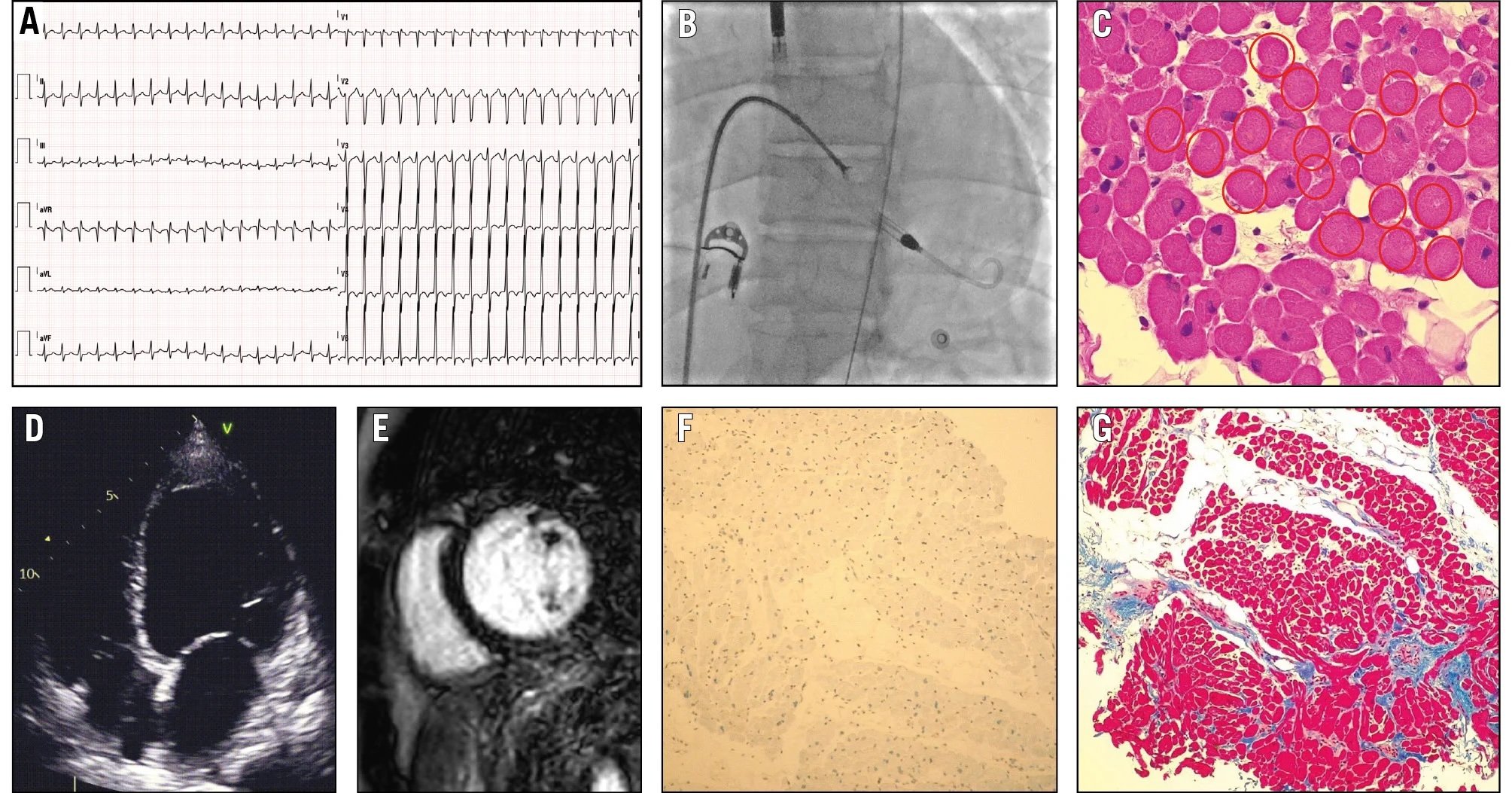
Expert Review

Original Research

letter to the editor
letter to the editor
Ahead of print
The SURVIV trial is a randomized controlled trial comparing transcatheter mitral valve-in-valve (mViV) procedure with surgical redo-mitral valve replacement (rMVR) for patients with mitral bioprosthetic valve dysfunction, with the primary endpoint being all-cause mortality or disabling stroke at 12 months.
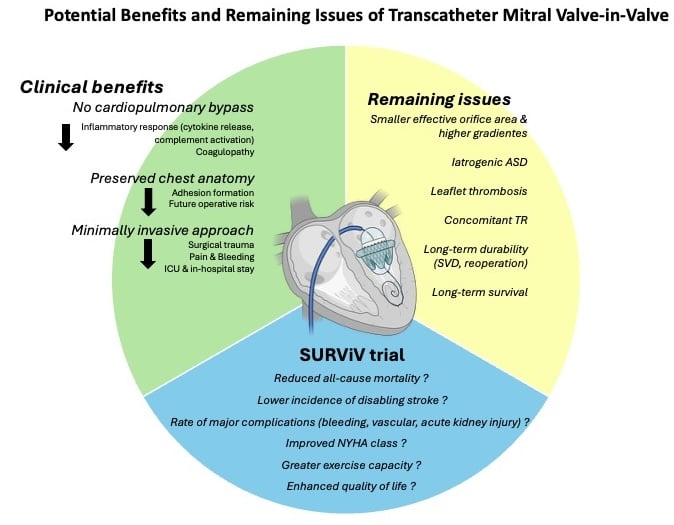
Research Correspondence
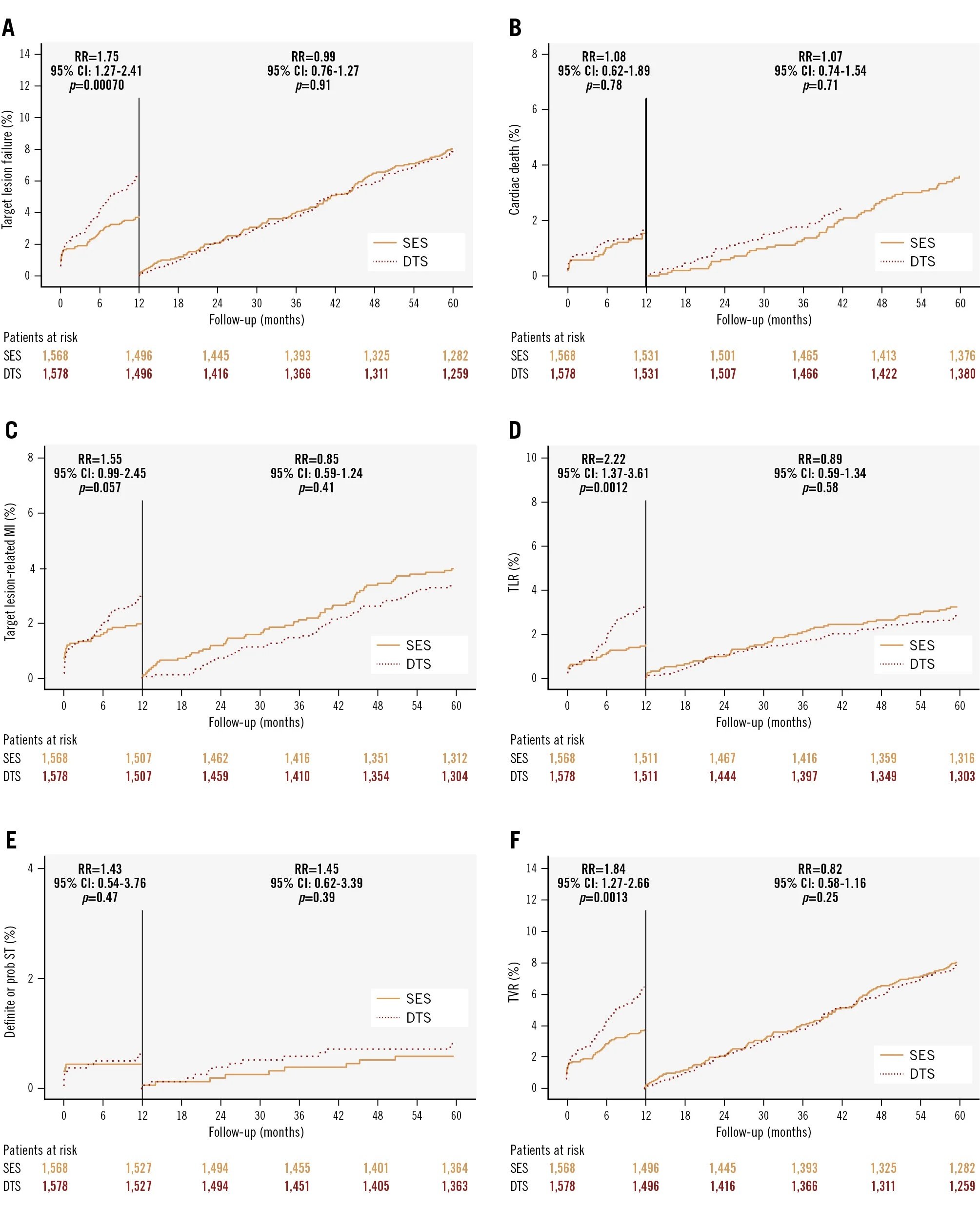
Original Research


